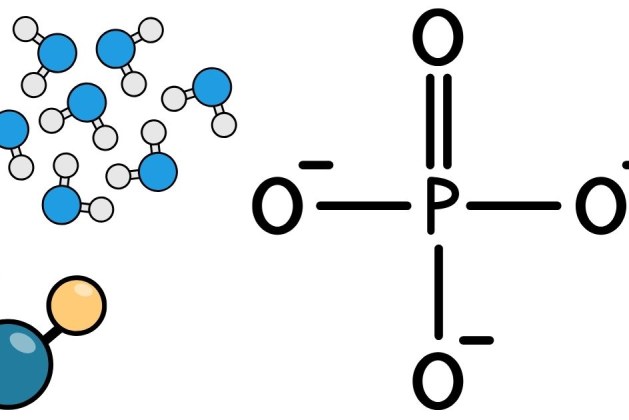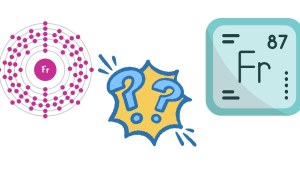The ion ICl₄⁻ (tetrachloroiodate ion) is a chemical species that often raises questions about its shape, polarity, and overall molecular geometry. Let’s analyze its structure and polarity using principles of chemistry.
Molecular Geometry of ICl₄⁻
To determine the geometry of ICl₄⁻, we can use the VSEPR (Valence Shell Electron Pair Repulsion) theory, which predicts the shape of a molecule based on the repulsion between electron pairs around the central atom.
1. Central Atom and Electron Count
The central atom in ICl₄⁻ is iodine (I), which is in Group 17 of the periodic table and has 7 valence electrons. To account for the charge of -1, we add one more electron, giving iodine a total of 8 valence electrons.
2. Bonding and Lone Pairs
- Bonding pairs: Iodine forms 4 single bonds with 4 chlorine atoms, using 4 pairs of electrons.
- Lone pairs: After bonding, iodine has 4 remaining valence electrons, which form 2 lone pairs.
Thus, iodine in ICl₄⁻ has 6 regions of electron density: 4 bonding pairs and 2 lone pairs.
3. Electron Geometry
The 6 regions of electron density give iodine an octahedral electron geometry. However, the presence of two lone pairs alters the shape of the molecule.
4. Molecular Geometry
The lone pairs occupy positions opposite each other to minimize repulsion, leaving the 4 chlorine atoms in a square planar arrangement around the iodine atom. This geometry is a direct consequence of the repulsion between the lone pairs and bonding pairs.
Is ICl₄⁻ Polar?
Polarity depends on the symmetry of the molecule and the distribution of electronegativity across its bonds. Let’s evaluate the polarity of ICl₄⁻:
1. Symmetry
The square planar geometry of ICl₄⁻ is highly symmetrical. The four chlorine atoms are positioned at the corners of a square, and the dipole moments from the I-Cl bonds cancel each other out due to the molecule’s symmetry.
2. Net Dipole Moment
Even though the I-Cl bond is polar (chlorine is more electronegative than iodine), the symmetrical arrangement ensures that the bond dipoles cancel out. As a result, ICl₄⁻ is nonpolar, despite having polar bonds.
- Geometry: ICl₄⁻ has a square planar molecular geometry due to the arrangement of 4 bonding pairs and 2 lone pairs around the iodine atom.
- Polarity: ICl₄⁻ is nonpolar because its symmetrical shape cancels out the dipole moments of the I-Cl bonds.
Understanding the structure and polarity of ICl₄⁻ highlights the importance of molecular geometry and symmetry in determining chemical properties.




Leave a comment